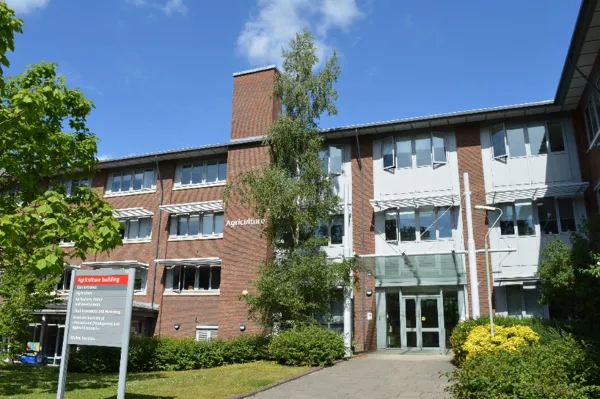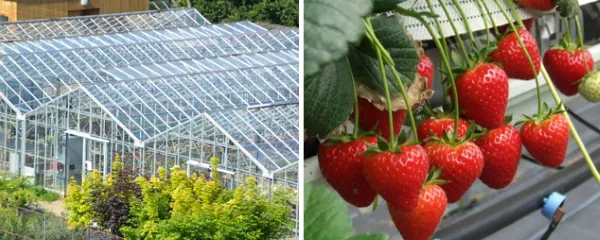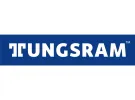With strawberries ranking among the most sought-after seasonal fruits in Europe, Hungarian lighting technology group Tungsram has set out to further fortify its expertise in commercial strawberry growing. The Budapest-based company has teamed up with the University of Reading, one of the most prestigious higher education institutions in the field of horticulture in the UK, to gauge the benefits of using LED lighting for strawberry cultivation.
Driven by increasing consumer demand, the strawberry market in the European Union is expected to continue an upward consumption trend over the next decade. Aiming to help commercial growers boost their yields while cutting back on energy consumption, Tungsram has launched a joint experiment with the Soft Fruit Technology Group at Reading University on the use of LED lighting for out-of-season glasshouse strawberry crops. The aim of the research trial was to compare the growth, yield and quality of a commercial strawberry under four different LED spectral distributions and to compare the performance of the plants under LED lamps, high pressure sodium lamps and unlit controls.

The research grade lamps, which are tuneable to provide different spectral compositions, were provided by Tungsram. “Our purpose is to take the results back to commercial strawberry growers and demonstrate the benefits of Tungsram’s LED products,” said Keith Thomas, Commercial Leader at Tungsram’s Agritech division.
Documented success
The research, performed by Professor Paul Hadley, Research Fellow Dr Carrie-Anne Twitchen as well as PhD student Winnie Swann, was carried out in glasshouse compartments with plants grown to resemble commercial conditions. The experiment, which was fully replicated to generate robust data, took place in four individually temperature-controlled glasshouse compartments with the LED top light research modules set up with the spectral distributions.
This was a fixed spectrum retained throughout cropping. The six lamp types were randomly assigned to one of six positions in each glasshouse compartment to account for any variations in natural light and temperature conditions. Lighting was provided for 16 hours a day for each treatment in each compartment.
The findings of the trial carried out last August showed that all of the LED treatments produced higher average berry weights than the unlit treatment (natural glasshouse lighting) and the high pressure sodium light treatment. The yield of Class 1 fruit was significantly higher than with natural lighting. The LED treatment also appears to have produced a more compact plant.

“In addition to better yield and higher crop quality, the most immediate benefit of using LED is to reduce the amount of power that is being used for plant cultivation. The results of the experiment showed that energy consumption dropped by 40-50% in some cases,” Keith Thomas noted.
The partners plan to carry out a second run of the experiment. For the second trial, some parameters will be changed to develop a further understanding of the potential benefits and increase knowledge in this particular area of expertise.
“The research enables us to deliver proven systems into the market. It is also testament to Tungsram’s commitment to continuous development and an improved understanding of the benefits of new technologies,” according to Keith Thomas.
For more information: Tungsram
Tungsram
agritech.tungsram.com
Keith Thomas,Commercial Leader [email protected]
